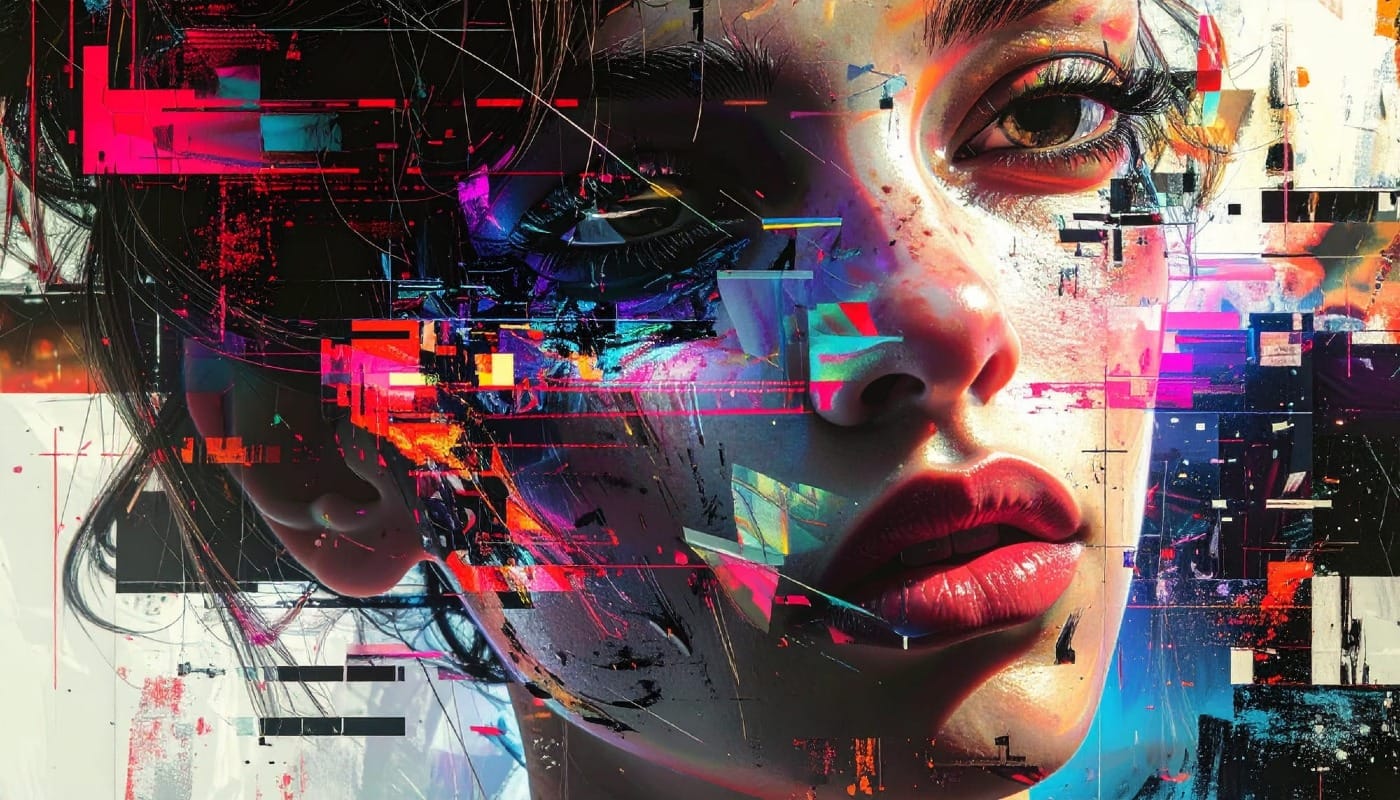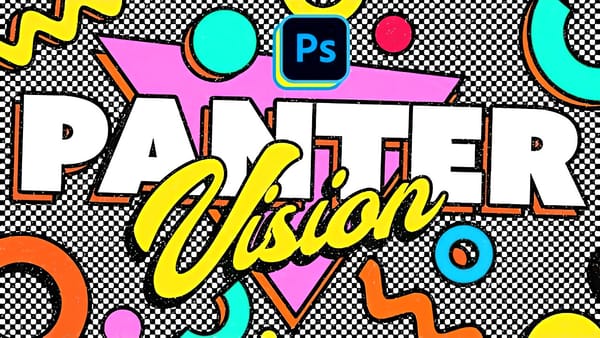Once, a broken image or pixelated frame meant something had gone wrong. Now, those same visual errors are a creative choice. Designers and digital artists are using glitch effects to turn imperfections into style — bending pixels, breaking color channels, and distorting shapes until they feel alive again.
Maybe it’s nostalgia for the days of VHS static and corrupted files, or maybe it’s a reaction to the clean perfection of digital design — but glitch aesthetics bring a sense of chaos that feels refreshingly human. They capture motion, energy, and unpredictability in a world of polished pixels. In Photoshop, these deliberate mistakes can bring tension, texture, or rhythm to a composition. Whether you’re smearing data or breaking symmetry, glitching an image gives it a pulse.
Below, you'll find a curated selection of glitch-inspired Photoshop tutorials that show how chaos can become design.
Breaking the Image
There’s something fascinating about controlled destruction. When you stretch, fragment, corrupt a photo, or shift its colors slightly out of sync, you expose its digital nature — it stops being a picture and becomes a signal. These effects show how far you can push a photo before it falls apart, and how beautiful that breaking point can look.
Video by Studio Shephrd. Any links or downloads mentioned by the creator are available only on YouTube
Video by Panter. Any links or downloads mentioned by the creator are available only on YouTube
Video by Blue Lightning. Any links or downloads mentioned by the creator are available only on YouTube
Video by Photoshop Training Channel. Any links or downloads mentioned by the creator are available only on YouTube
Screen Textures and Scanlines
Not every digital imperfection comes from corruption — some come from exposure. Scanlines, CRT noise, and monitor flicker effects reveal the medium itself, adding a retro or analog touch. In Photoshop, recreating those subtle horizontal lines or pixel grids can make a design feel more tactile and nostalgic, as if viewed through an old display.
Video by TextureLabs. Any links or downloads mentioned by the creator are available only on YouTube
Video by Panter. Any links or downloads mentioned by the creator are available only on YouTube
Video by Blue Lightning. Any links or downloads mentioned by the creator are available only on YouTube
Intentional Aberrations
These aren’t mistakes — they’re deliberate distortions. Think of warped portraits, melted faces, or blended forms that look like visual mutations. They mimic the unpredictability of glitch art but come from conscious artistic intent, not malfunction. In Photoshop, these effects push realism into surreal territory, creating that “something’s off” feeling that draws the eye.
Video by P A N T E R. Any links or downloads mentioned by the creator are available only on YouTube
Video by P A N T E R. Any links or downloads mentioned by the creator are available only on YouTube
Video by PiXimperfect. Any links or downloads mentioned by the creator are available only on YouTube
Video by SmartGraphics. Any links or downloads mentioned by the creator are available only on YouTube
Video by Fox Rockett Studio. Any links or downloads mentioned by the creator are available only on YouTube
Photographic Glitches and Light Leaks
Before digital errors, film had its own version of unpredictability — light leaks, film burns, and exposure mishaps that left glowing flares across the image. What once ruined a photo now adds atmosphere and nostalgia. In Photoshop, recreating these analog flaws gives your work that cinematic imperfection — like a memory caught on damaged film.
Video by TextureLabs. Any links or downloads mentioned by the creator are available only on YouTube
Video by Design Syndrome. Any links or downloads mentioned by the creator are available only on YouTube
Video by P A N T E R. Any links or downloads mentioned by the creator are available only on YouTube
Clean Chaos: Glitches in Modern Design
Glitch aesthetics have moved from accidents to intention. You’ll see them in fashion posters, album covers, and typography — polished chaos that feels both futuristic and nostalgic. Photoshop makes it easy to weave these subtle distortions into your work, whether you’re designing for print or motion.
Video by Click3D. Any links or downloads mentioned by the creator are available only on YouTube
Video by Sarah Hubbard. Any links or downloads mentioned by the creator are available only on YouTube
Video by DGH Graphic Design. Any links or downloads mentioned by the creator are available only on YouTube
Wrap-up
The glitch effect is more than a filter or a visual trend — it’s a way of thinking about images. It asks you to find beauty in failure, rhythm in randomness, and design in distortion. In the end, a glitch is just a reminder that perfection is boring.













